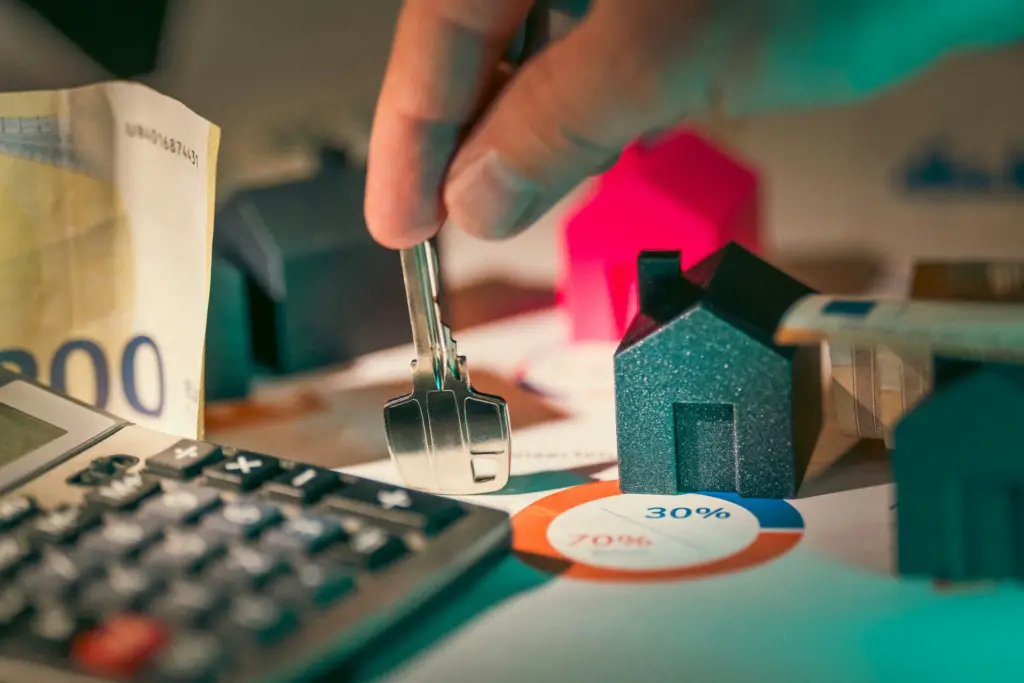Selling a property can feel like embarking on an exciting adventure. But here’s something many people don’t realize: the process of selling a flat is quite different from selling a house. These differences can impact everything from how you prepare the property to how long it stays on the market.
With the help of a Kansas City home buyer, we will help you understand the difference.
So, let’s look into how selling a flat differs from selling a house.

Ownership Differences – Leasehold vs. Freehold
When you sell a house, you’re usually selling the building itself and the land it sits on. This is known as freehold. You have full ownership, which means you can make decisions about renovations, landscaping, and more.
But when you sell a flat, you’re typically selling just the space within the building. This is a leasehold. The land and common areas (like the lobby or garden) are owned collectively by other flat owners. The flat ownership is limited to a period, but you can apply for an extension of a leasehold.
This difference in ownership can affect everything from the sale price to how quickly you find a buyer. Buyers will want to know how long is left on the lease (short leases can be a deal-breaker) and whether there are any restrictions or obligations under the lease that they need to be aware of.
Buyer Profile and Valuation
Houses often attract families looking for more space and privacy. They are also popular with buyers who like the idea of having their own patch of land. They typically cost more than a flat for the additional space and land ownership.
Flats, on the other hand, are usually more appealing to singles, couples, and retirees who prefer low-maintenance living. They are often in more urban areas, close to amenities, and public transportation, which makes them attractive to a different set of buyers.
For a flat, the valuation is more likely to focus on the condition of the interior and the location. Many flats even come with conveniences like housekeeping services and communal facilities. These extras increase the asking price of the flat or require increased maintenance fees.
Service Charges and Maintenance Fees
When selling a flat, potential buyers will want details on service charges and maintenance fees, which contribute to the upkeep of shared spaces like gardens, hallways, lifts, and gym, if any. High service charges can put some buyers off, so it’s something you’ll need to be transparent about.
Selling a house doesn’t usually involve these fees, but buyers might be interested in knowing the general condition of the property and whether they will need to budget for any major repairs or renovations.
Conveyancing Process
The conveyancing (legal transfer of ownership) process for a house tends to be more straightforward because you’re dealing with one set of legal documents related to one property.
For a flat, the conveyancing process might involve additional steps, such as getting approval from the freeholder for the sale or ensuring all service charge payments are up to date. This can sometimes make the sale of a flat take a bit longer.










